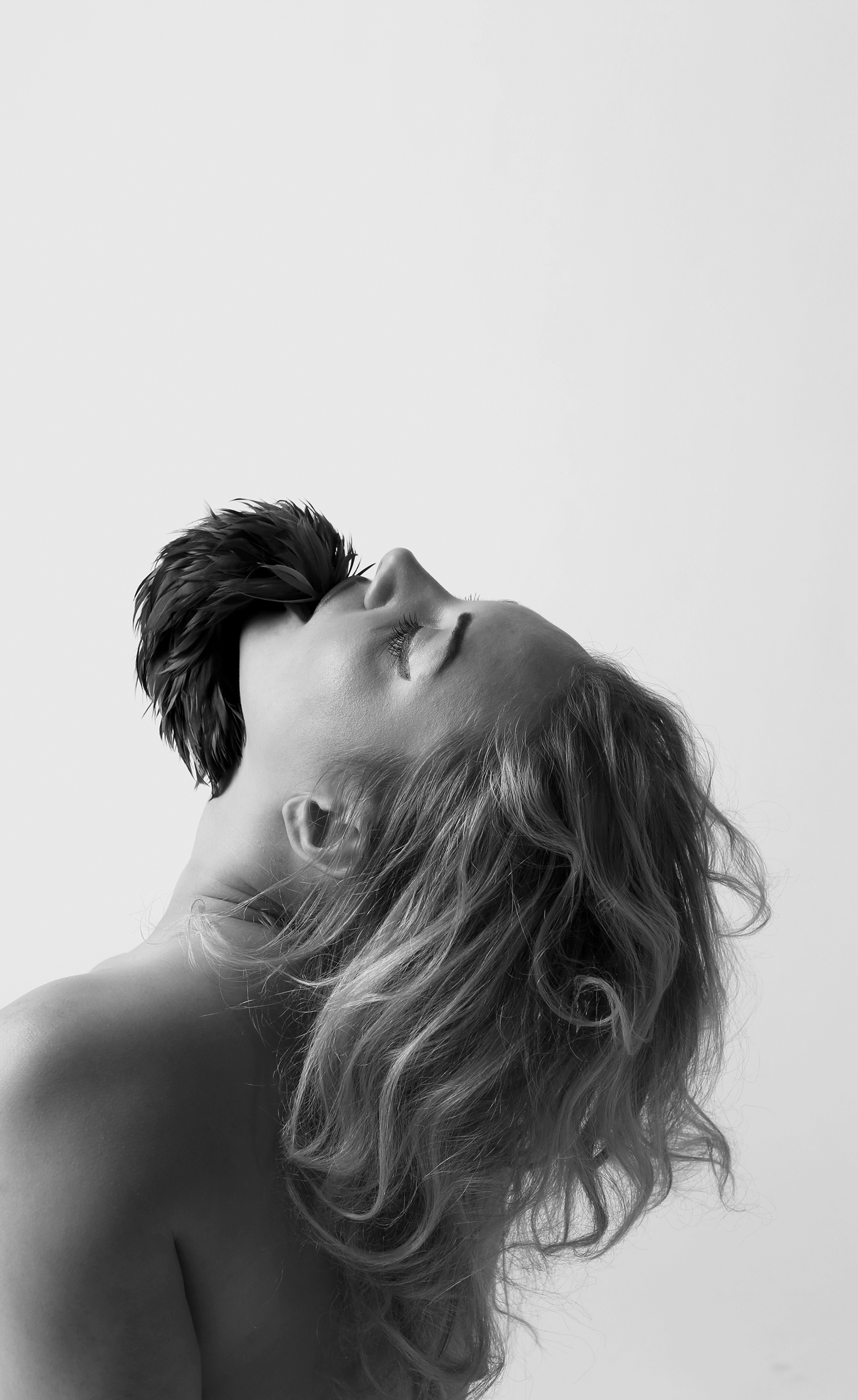stay
‘Stay’ is a collection produced exclusively for the exhibition NUDA VITA The practice of the collective and political body.The initiative, curated by Ilaria Ruggiero, held during Munich Jewellery Week, 2019 at ABC Westside Galerie. “It explores the value and the role of the public, collective and political body, starting from the expression Nuda Vita, coined by Benjamin and then developed by the philosopher Giorgio Agamben, interpreted here as an impossible condition, unspeakable concept, and artistic action. Nudity does not happen as a physical condition, but as a symbolic event of resistance and sensitization. The exhibition presents the new collections of 13 artists of different nationalities who were invited to work on the idea of the political, public and collective body. With an iconic concept as their starting-point, relating to their own cultures of origin, and linked to a form of oppression of collective and individual freedom, the artists developed a body of work inspired by the chosen theme. “ - Ilaria Ruggiero.



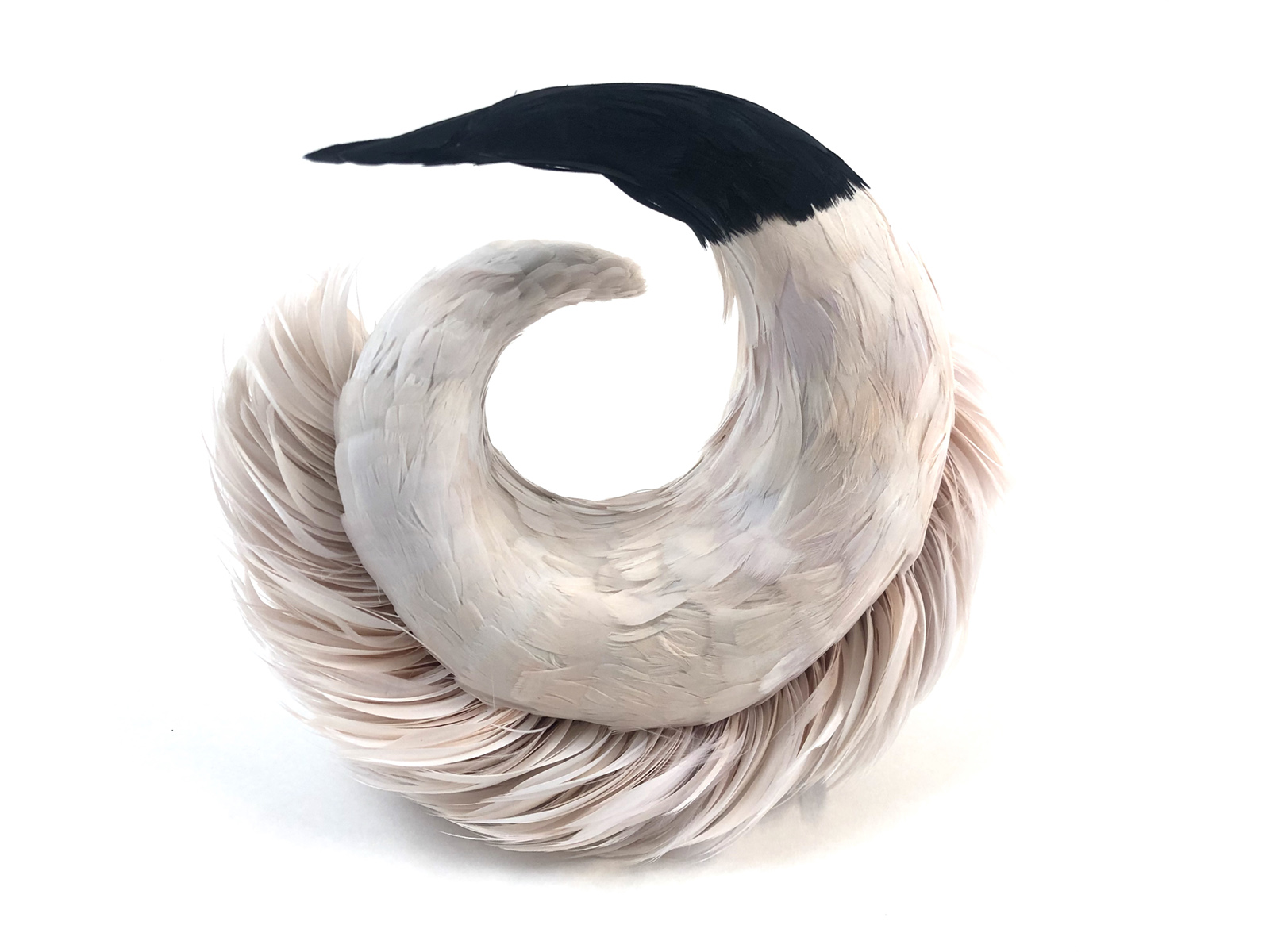
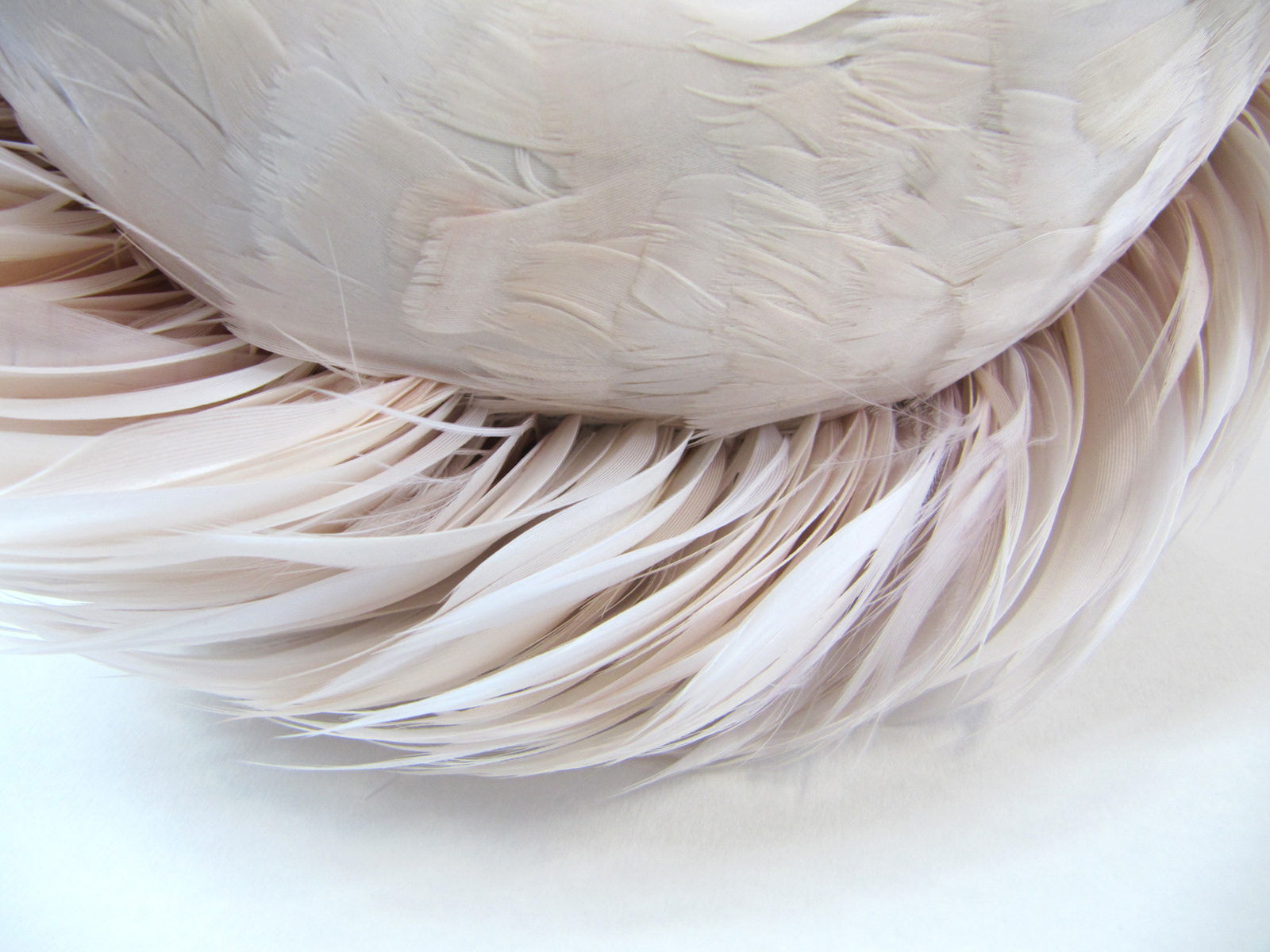
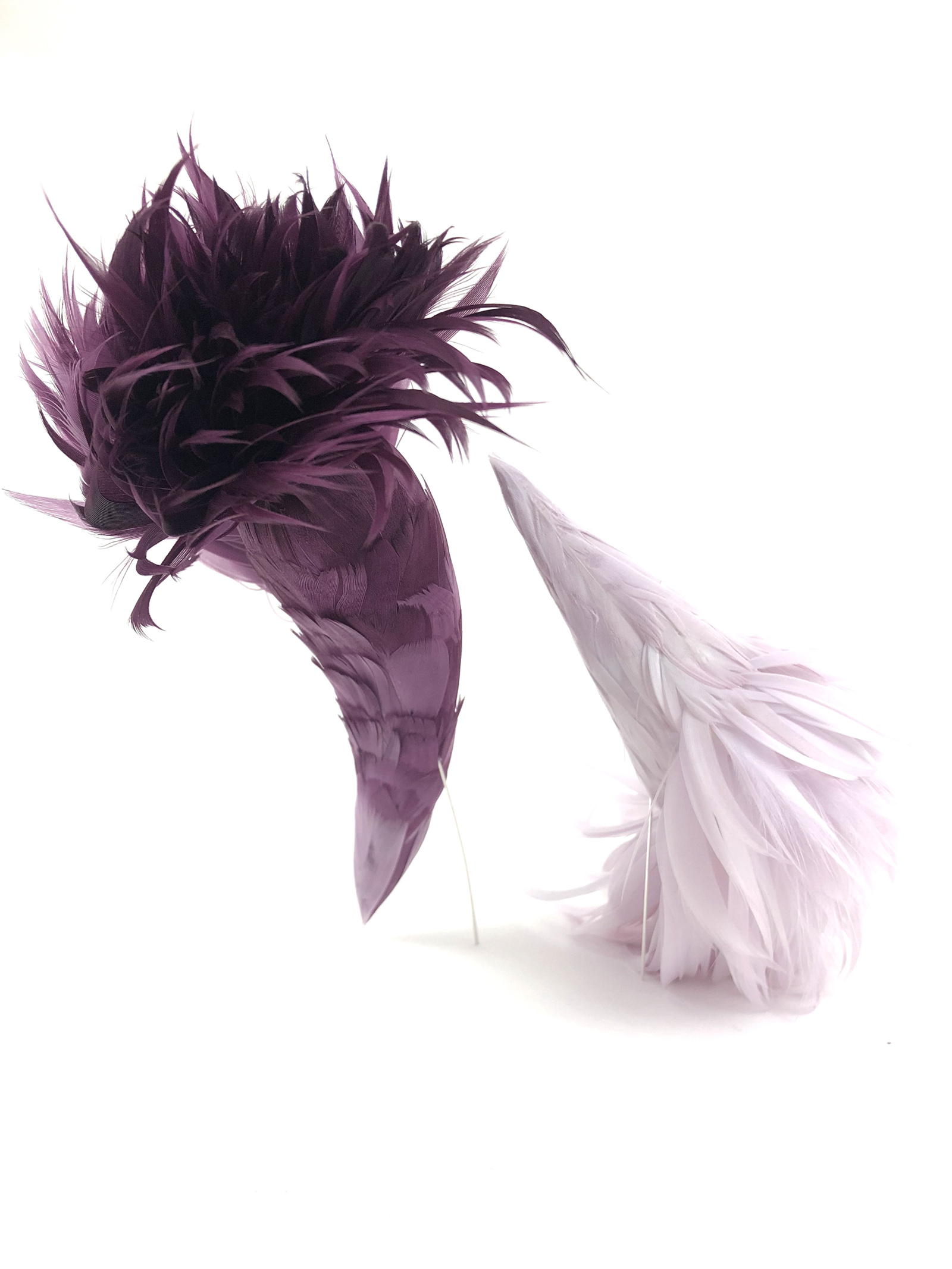


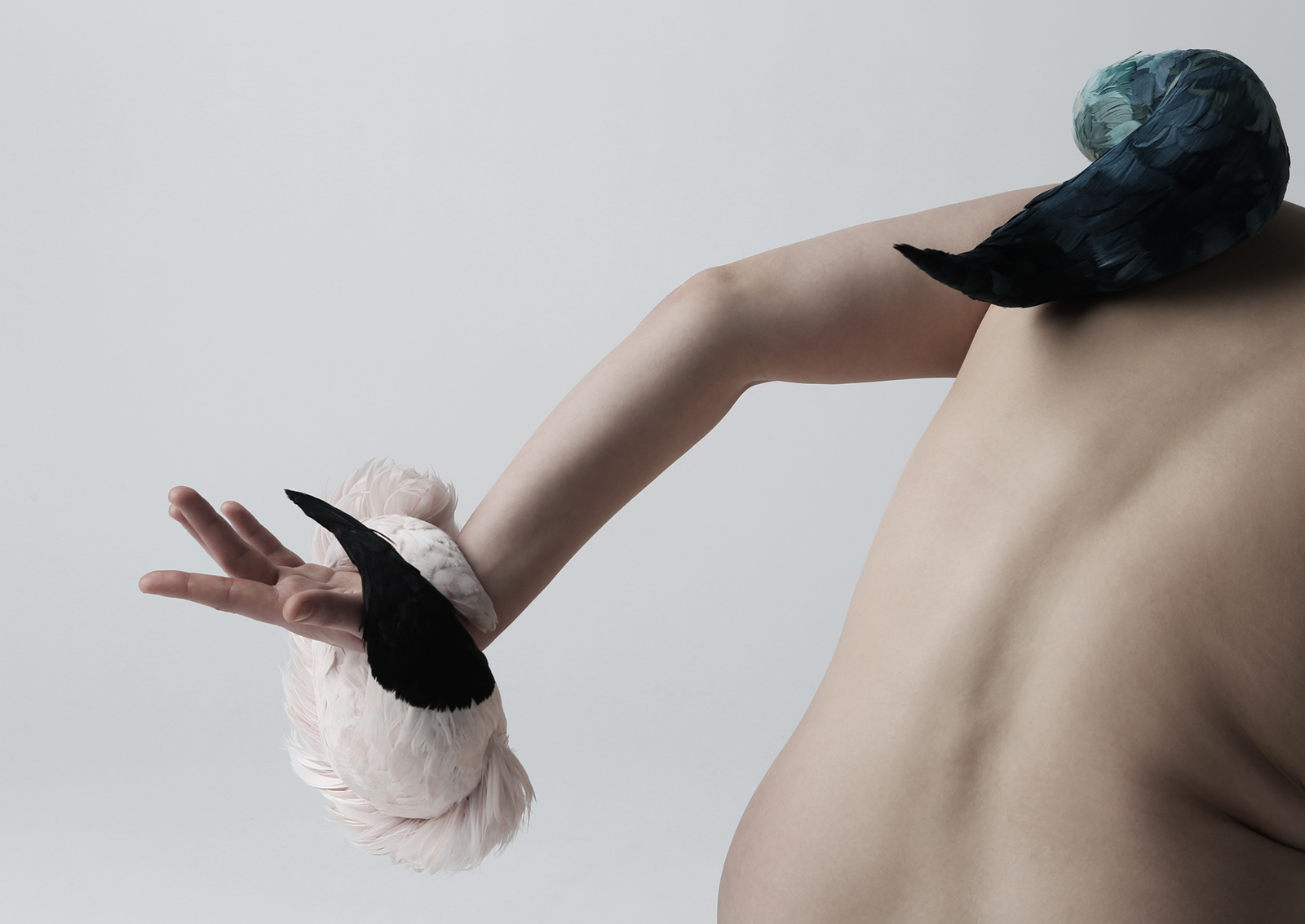
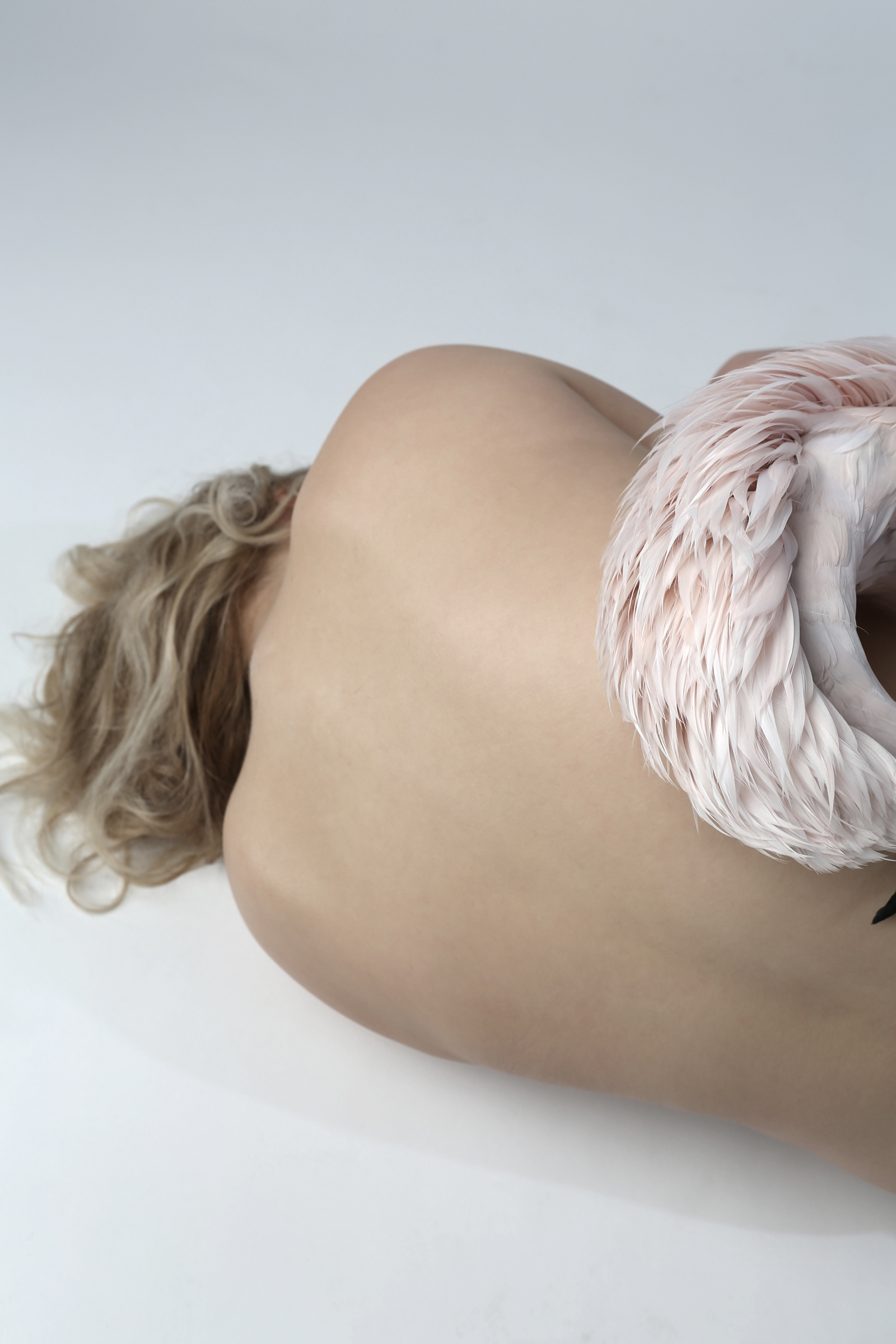
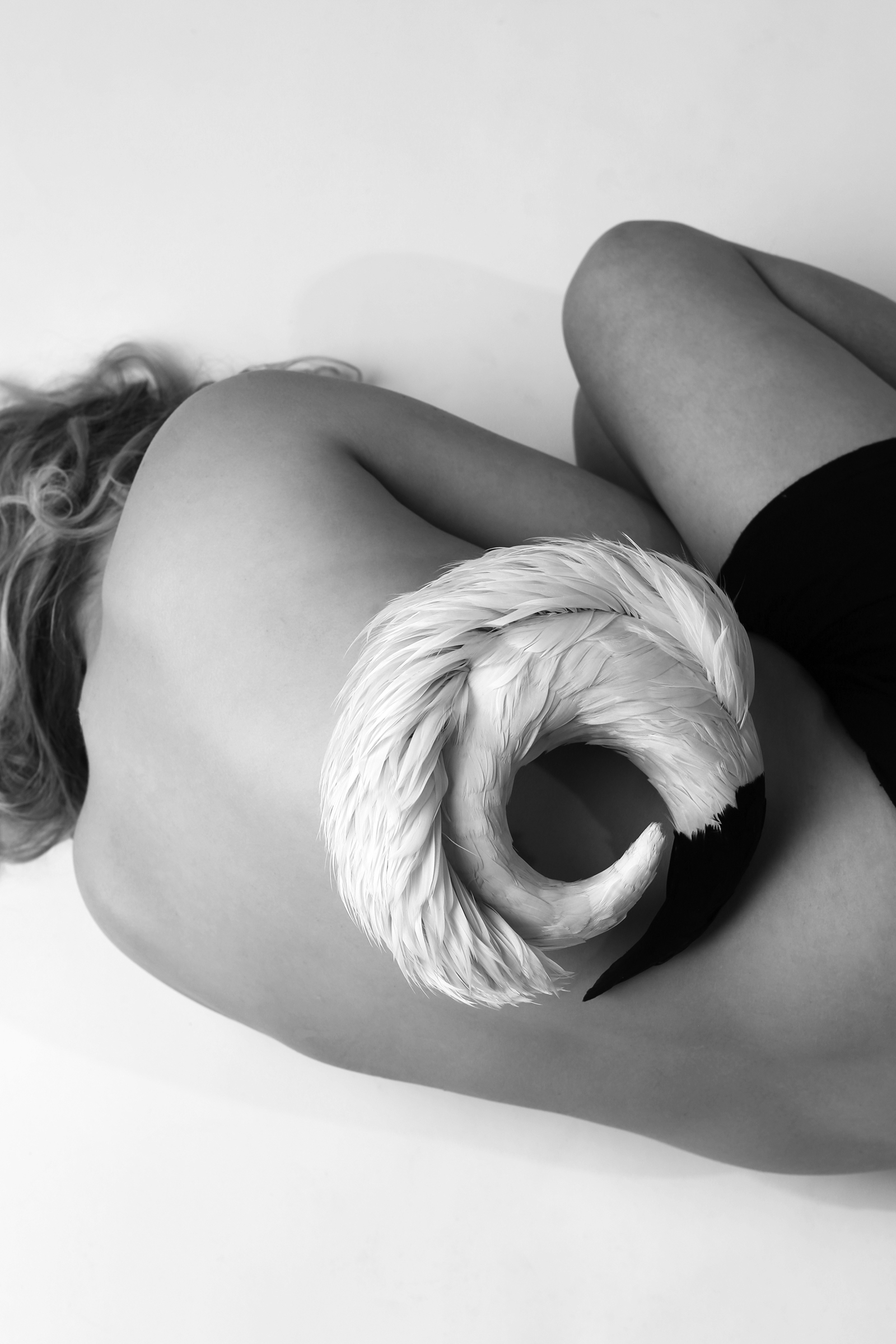
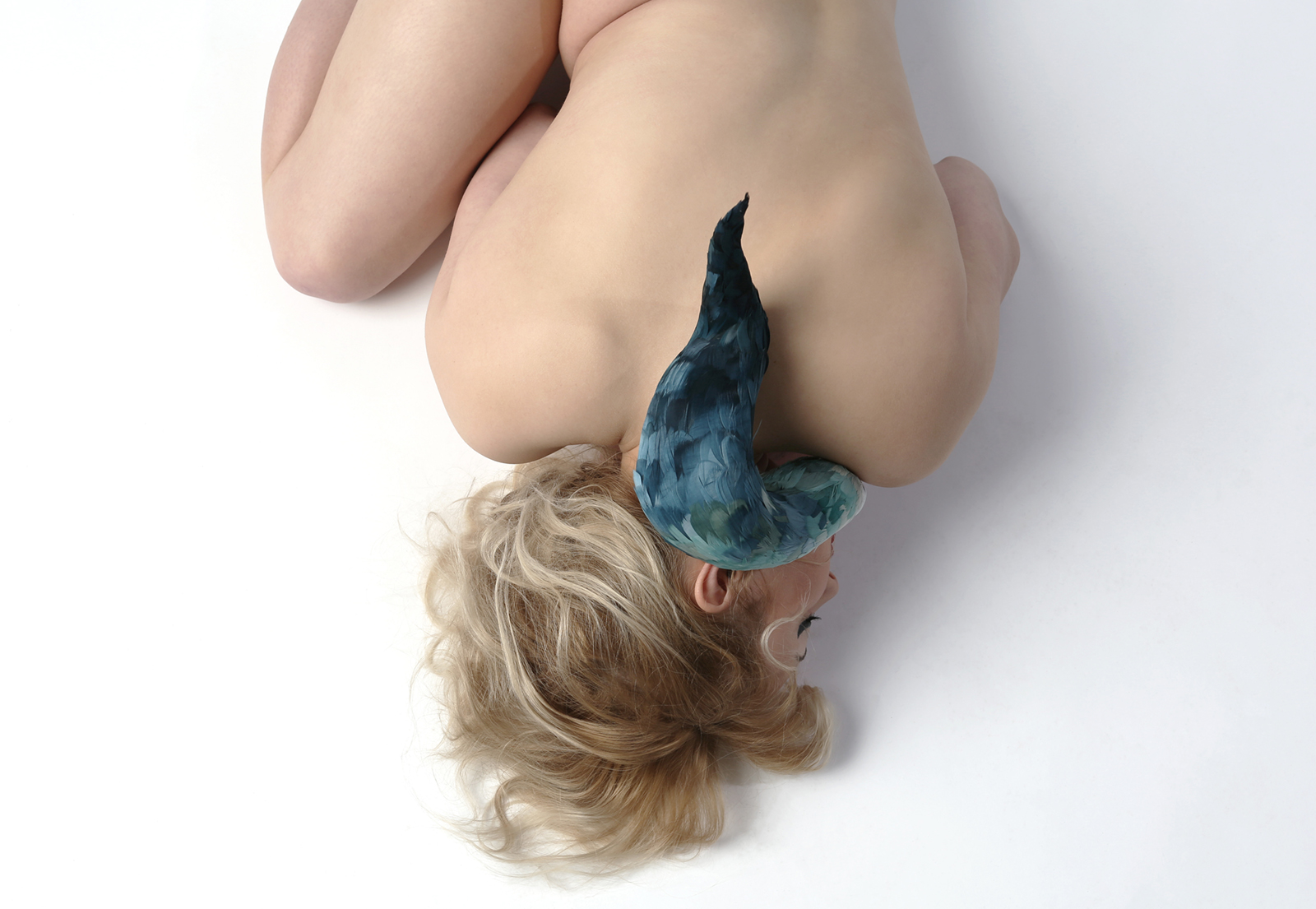
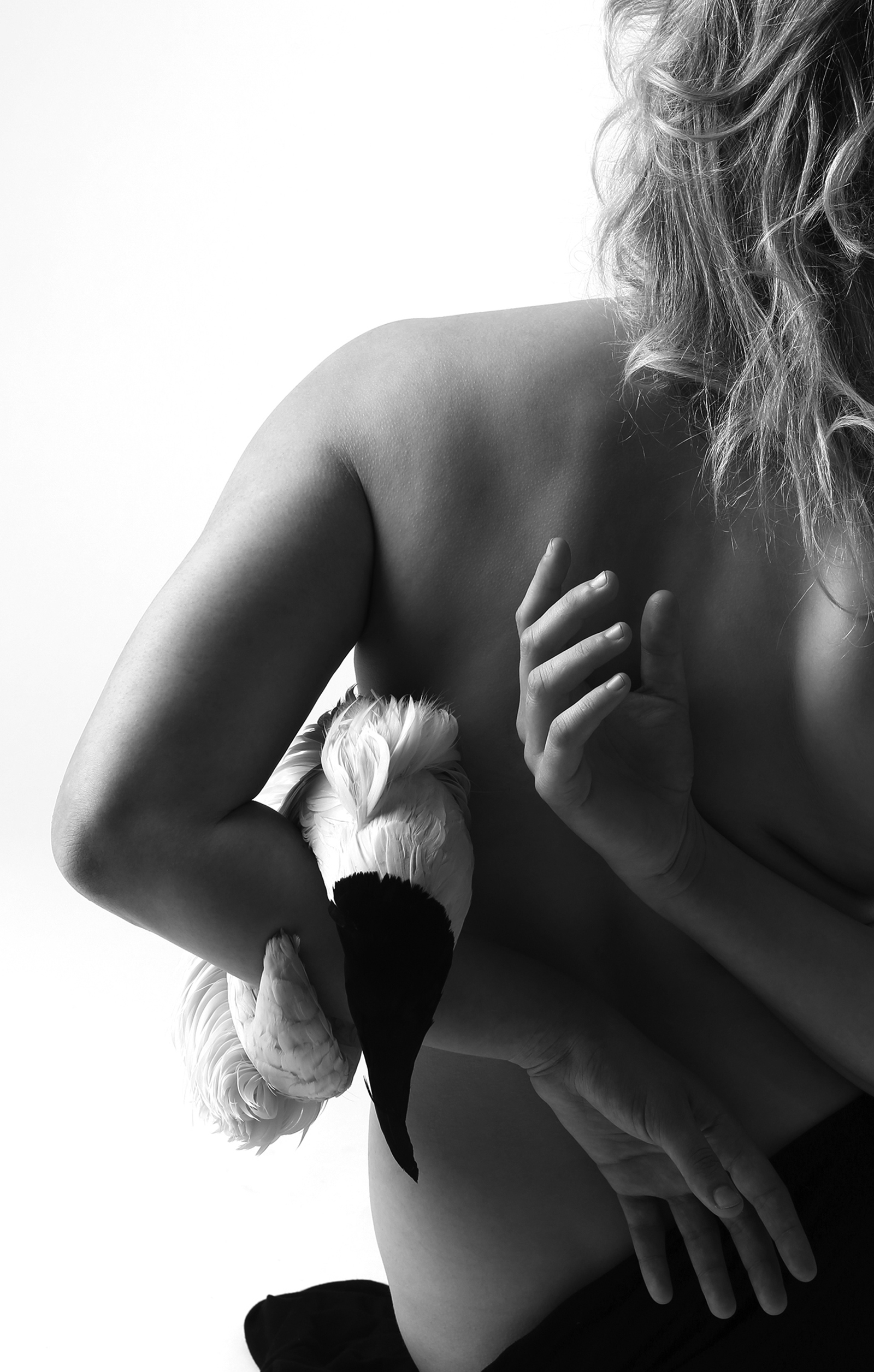
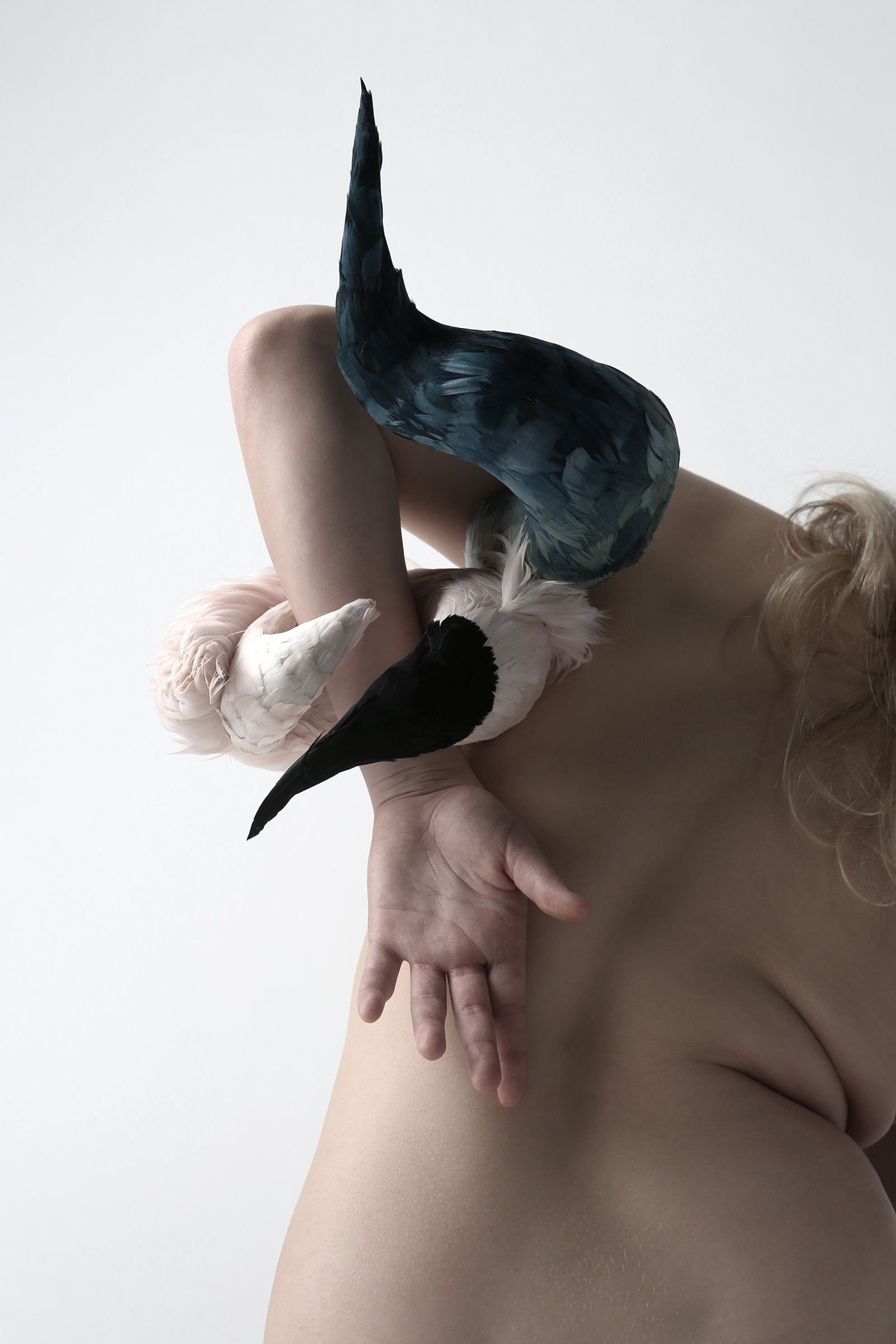
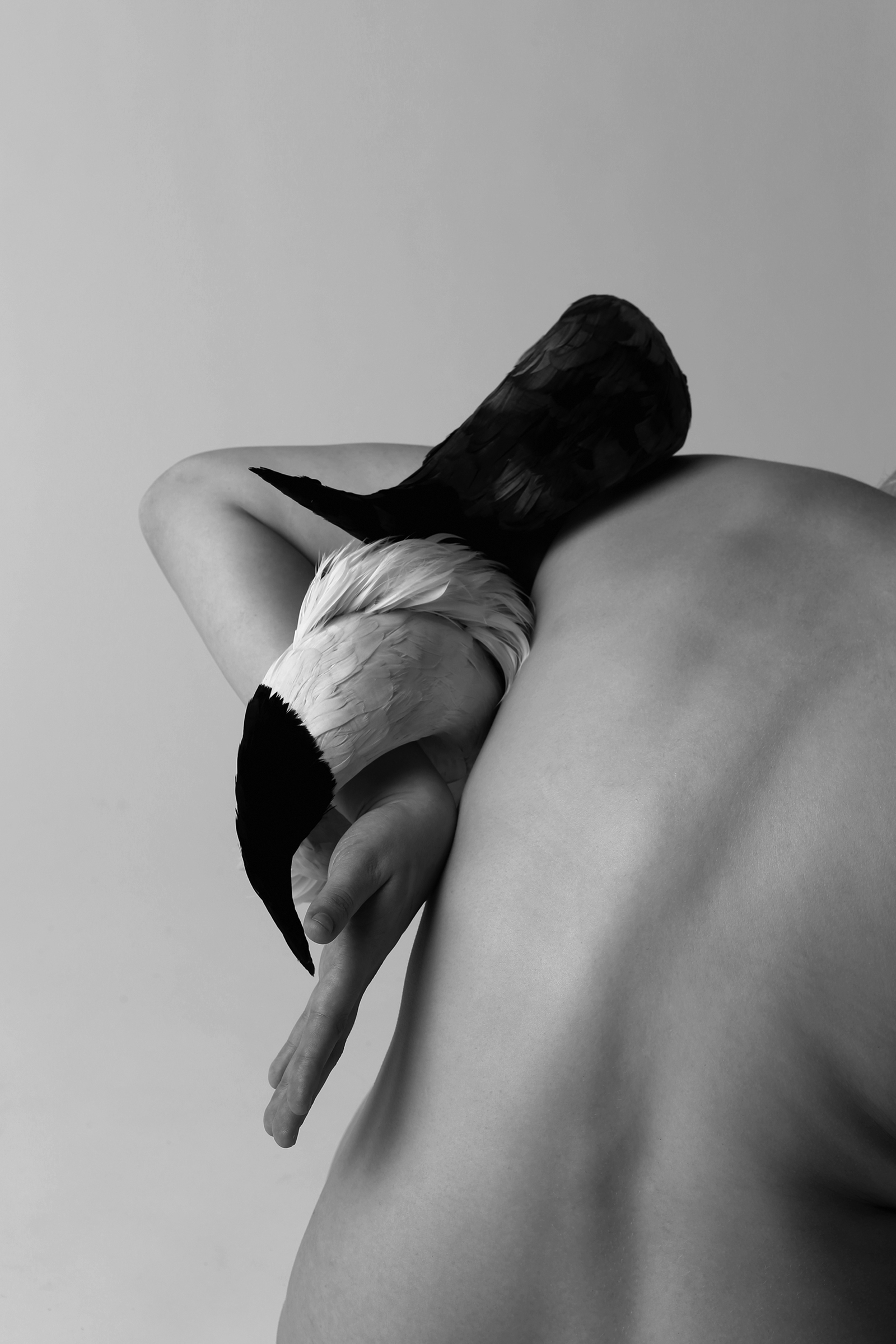
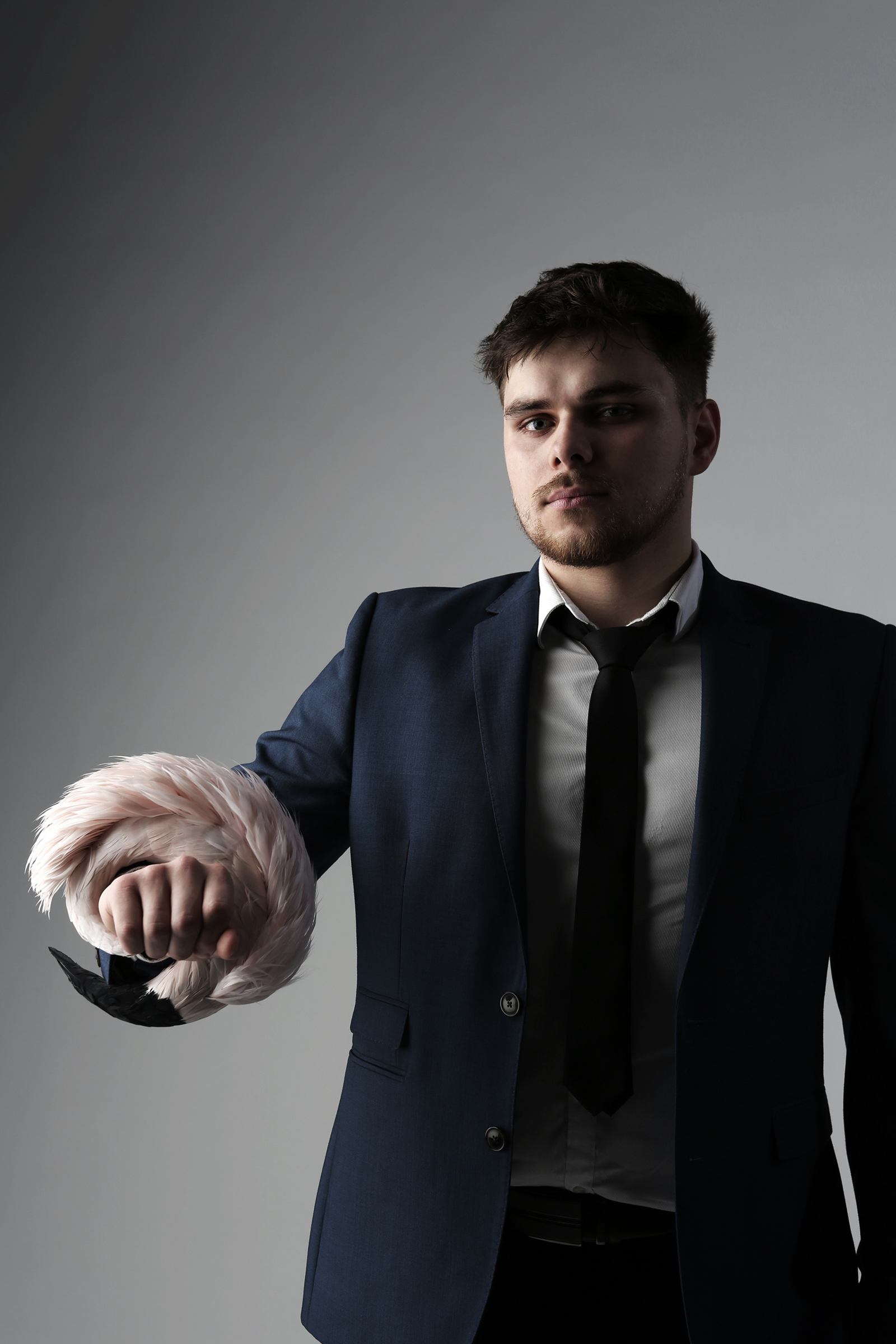
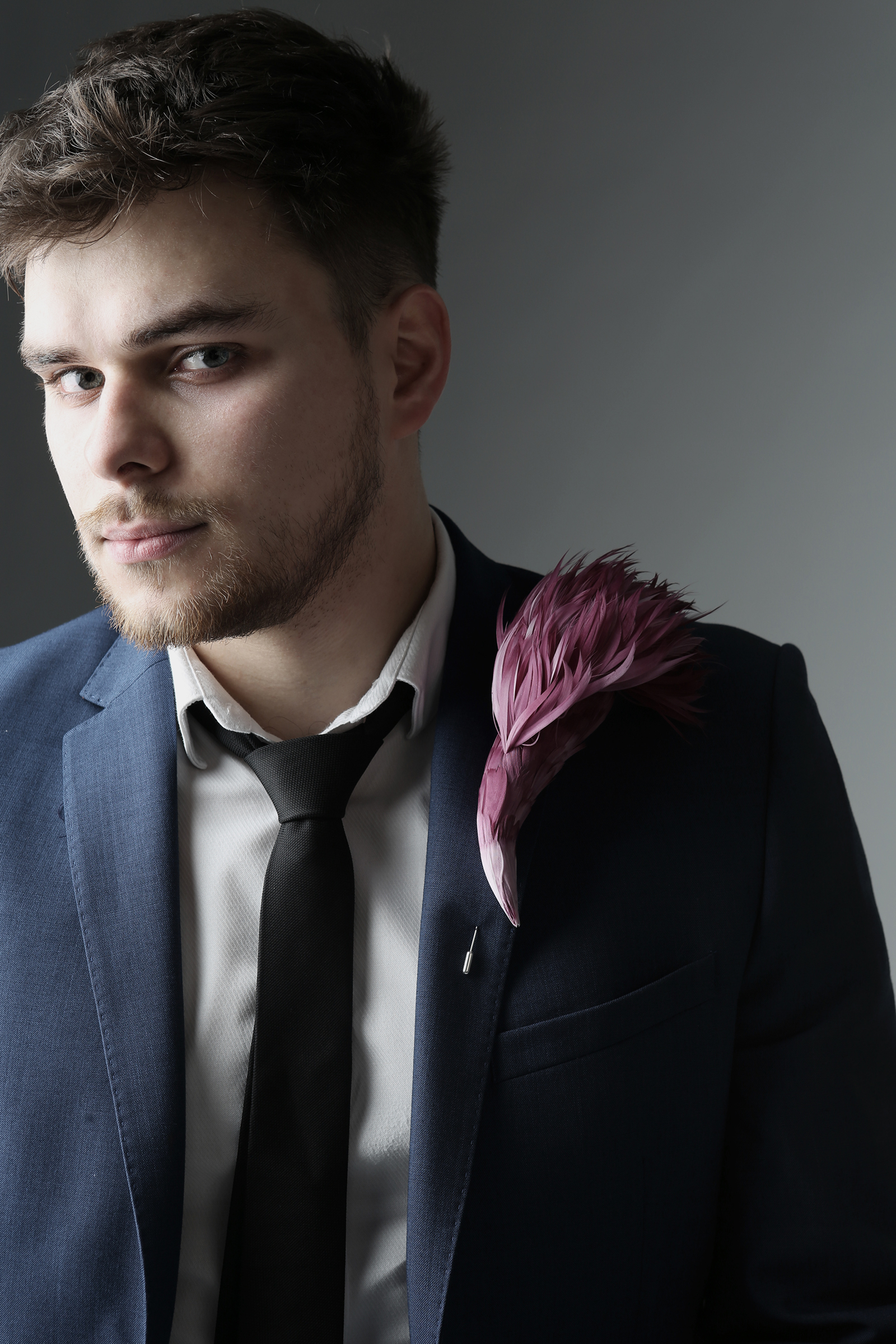

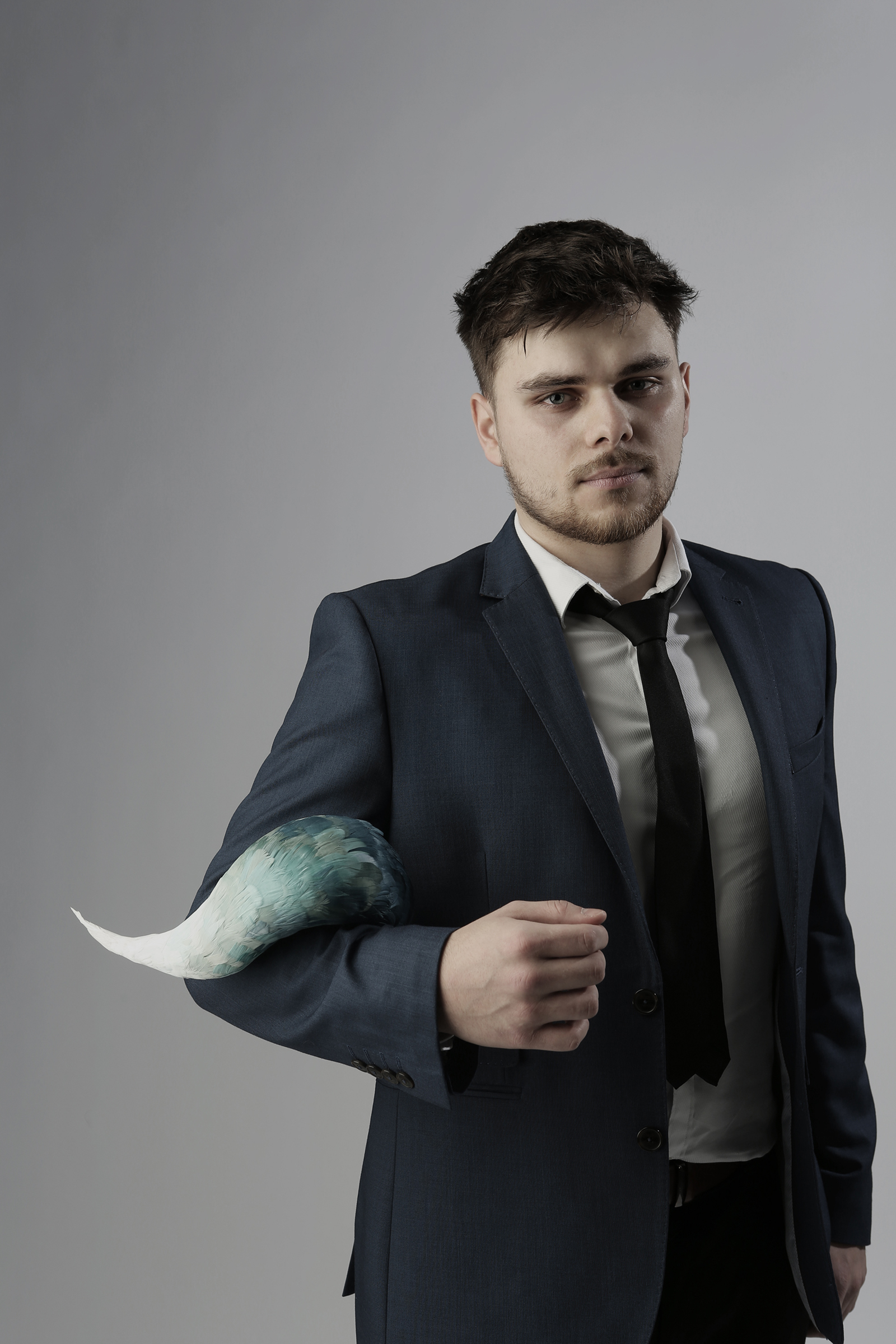
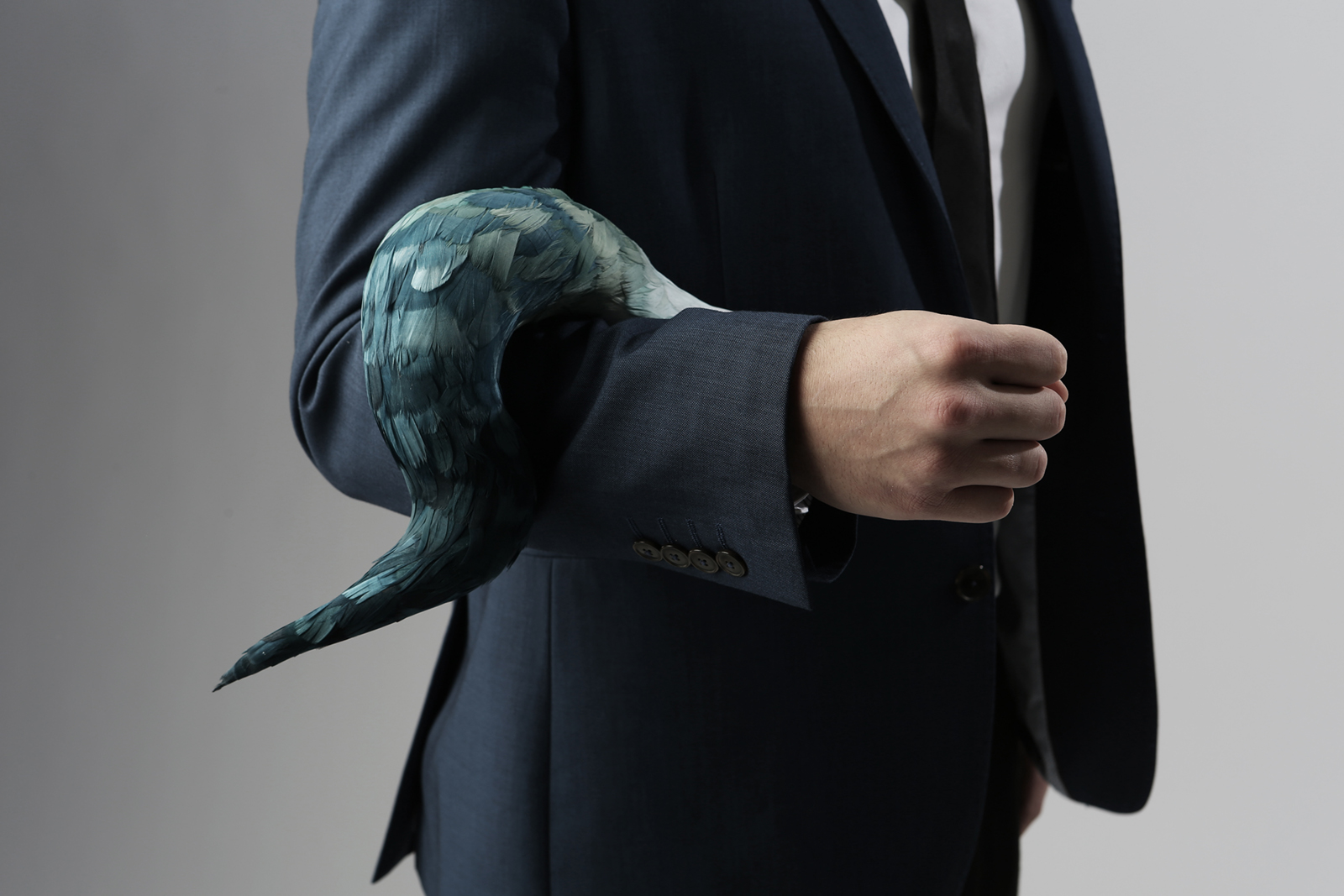
Photography by Anna Lewis, Dylan Thomas & Chloe Hughes. Modelled by @zananaart and Bartoz Cechowicz with thanks.
Anna Lewis represents the UK in this international project and chose to respond to the cultural object ,the Corset.
“The Corset was preceded by the Stay. My key visual research stems from a Stay exhibited recently in the ‘Fashioned From Nature’ exhibition at the Victoria and Albert Museum constructed from whalebone (baleen), linen bound with silk. Dated 1780.
I am very drawn to the Victorian era during the 19thcentury and the visual and cultural elements that define this particular time. The mourning rituals, the Victorian obsession with death and with collecting the curious. The fashion depicts the distortion of the female body, silhouettes exaggerated beneath bustles, layers of garment and elaborately decorated in exotic feathers fuelled by the plume trade.
I examined the role of women during this time and their place in middle class society. The defining wearable artefact of this time, and symbol of the material culture of Victorian womanhood is the corset. A morphic object that played a central role in the history of the female body, quite literally shaping and controlling the notion of the feminine ideal.
The corset is an object of confliction and contrast, it represents both control and support. An ubiquitous object and outward symbol of self-control, (or social control by men). It is symbolic of discipline, beauty and sexuality yet hides a dark truth by painfully punishing the body in order to fit this feminine ideal. The restriction of this tight cage, crushing internal organs and ribs often making the wearer ill, suffering for a tiny wasp like waist perhaps could be a reflection of the lack of freedom or voice experienced by women at this time. ‘Stays’ were designed to make any unruly female flesh ‘stay put’ and by doing this were also thought to be arresting the unruly female mind.
It cultivated the desirable ‘morbid’ beauty sought at the time and societies macabre obsession with mortality making it somehow about female sexuality. An ill almost death-like fragile demeanour frequently celebrated in art and literature during this period, to appear lifeless was to appear ladylike and therefore vulnerable. Yet the corseted woman in contrast was empowered to manoeuvre within these social constructions and manipulate them to their own advantage. The irony perhaps of the corset allowing a working-class woman to escape their origin by attracting the attention of a man that might elevate their social status.
Men publically praised a tightly bound body and both women and men were responsible for contracting the waist to dangerous proportions. The hand span waist was the ultimate goal, for a man’s inclination to completely encircle the female waist with two hands. The waist become a site of sexual objectification and the corset was key to this and operated to keep the flesh still, by anchoring and stabilizing the torso to convey a femininity that was both sexually desirable and controlled. Women could appear to be ether virginal or dangerously sexual.
Control of both mind and body, the woman as an object or possession of beauty, a trophy on the arm of a man. But was the corset also a weapon used by women to control society and men themselves?
I am a jewellery artist that works with feathers. Birds in direct contrast are symbols of freedom, of flight and of liberation. The work explores the contrasting elements of both female freedom and restriction.
In relation to the term Nuda Vita the corset, a piece of undergarment, an intimate object is integral in the proximity to the naked body, its manipulation of the flesh to fit a social ideal to craft a cultural self. The idea of veiling and layering the naked body, by hiding the body to the point at which it is no longer recognisable in it’s a natural naked state. It could be argued that it goes against nature itself, a body that is utterly contaminated by social and political conformity.
The corset is a political object, it turns the female into a cultural object through control and distortion. I return to my original object, the unworn, undone corset at the museum. It is bare, naked, exposed and vulnerable. A metaphor for release, its bone like structure is laid open, it appears in part like a bird’s wing, free. It is in a state of undress and out of power.
Design process:
The colours derive directly from vintage corsets and underwear. I have hand dyed the feathers to create deep luxurious tones. The sculptures have been carved by hand from modelling foam directly from my own drawings that evolve into 3d, the foam is painted and layered in a very repetitive time consuming process with multiple hand cut feathers, the forms in parts grow and change as a result of this layering and tufting. The forms have emerged from observations of sections of corset, pattern cut outs, the open undone corset structure. They also allude to a tight curve in the body, the tightness of the waist and restrict and contort on the body and with each other. They can be placed together, twisting and contorting in numerous ways seeming to struggle and merge as one reacts to the next, these pairings have become quite sensual like the corset itself: feminine, deadly and sexual. They are designed to interact with the body, to balance upon it, to fit with with curves or to play the body against itself in awkward, uncomfortable positions. Or it can simply perch, like a ‘bird’ on the arm of a man.” – Anna Lewis
Bibliography references:
Thesander, M ‘The Feminine Ideal’, Renktia Books Ltd, 1997
Summers, L ‘ Bound to please, a history of the Victorian corset’ , Berg, 2001
@nudavita @adornment_artjewelry
Supported by

